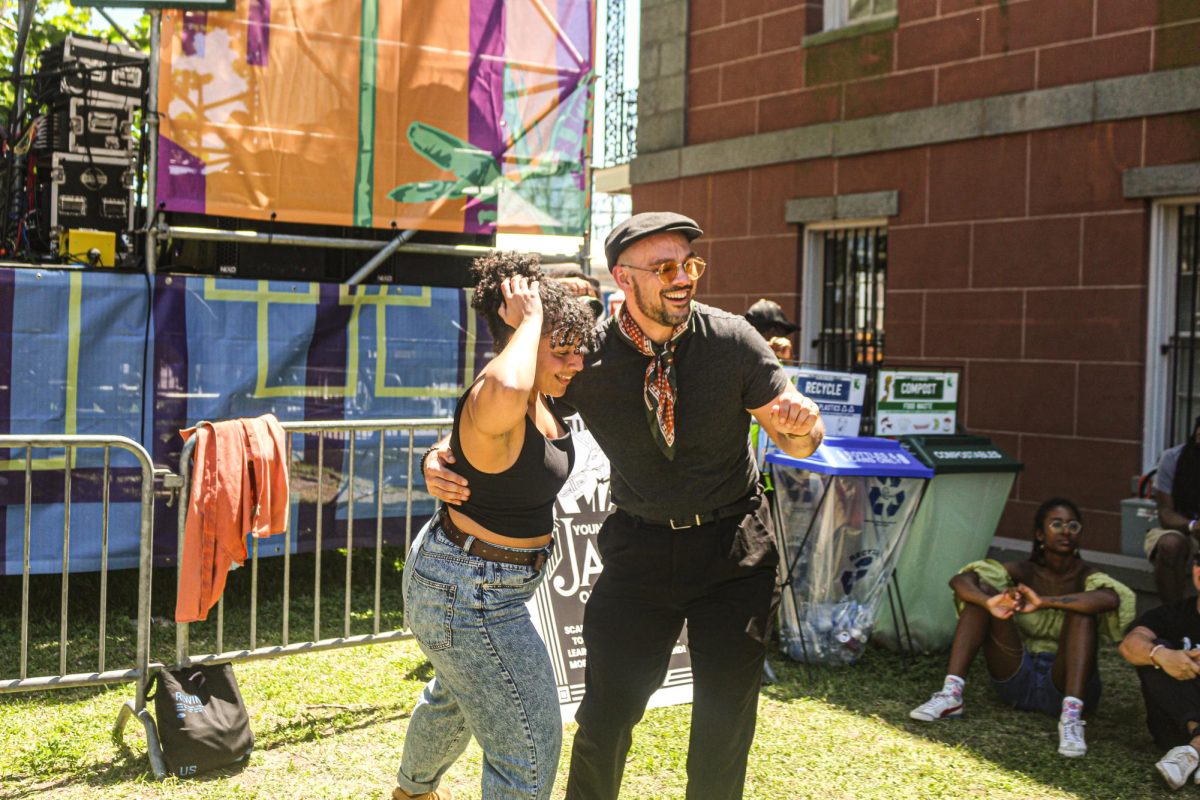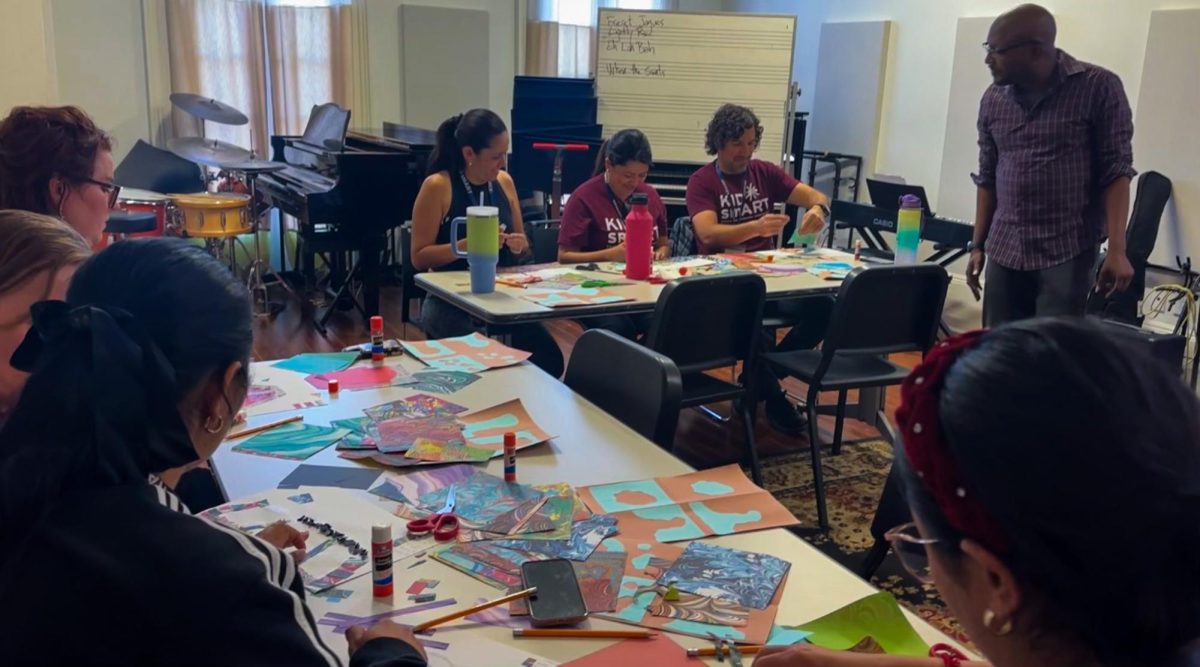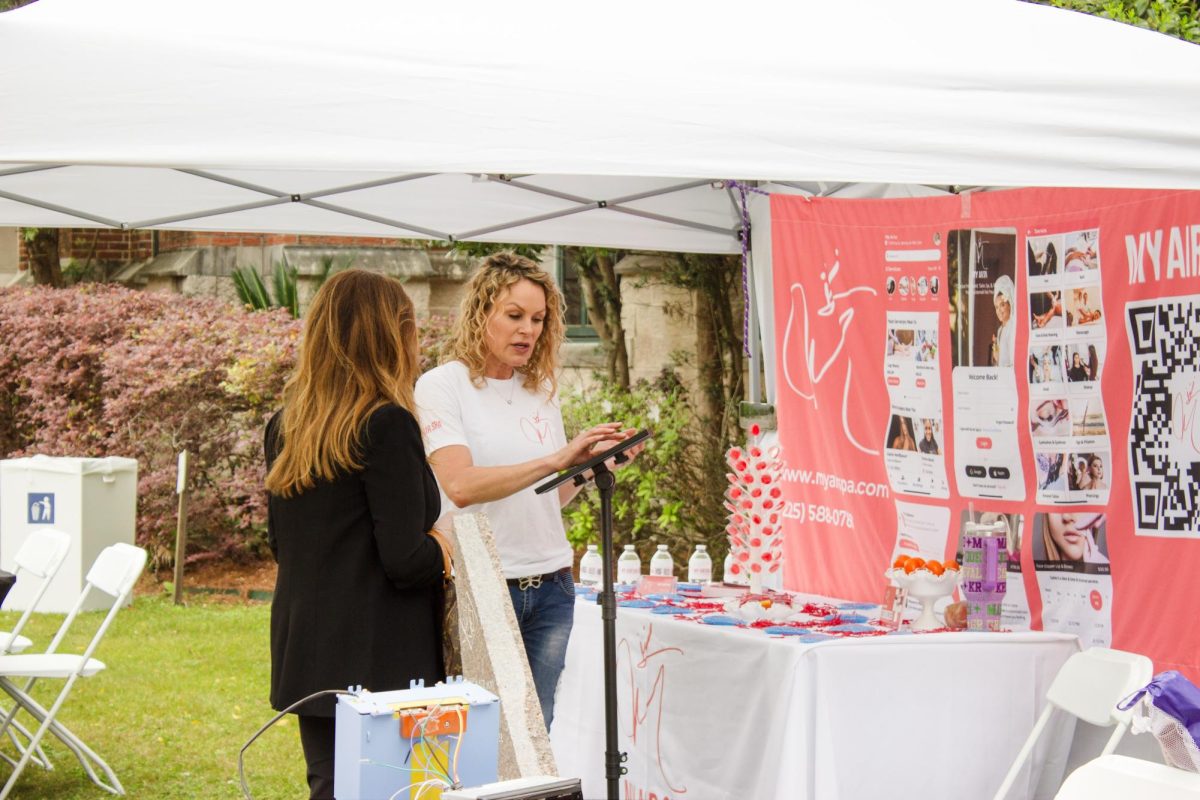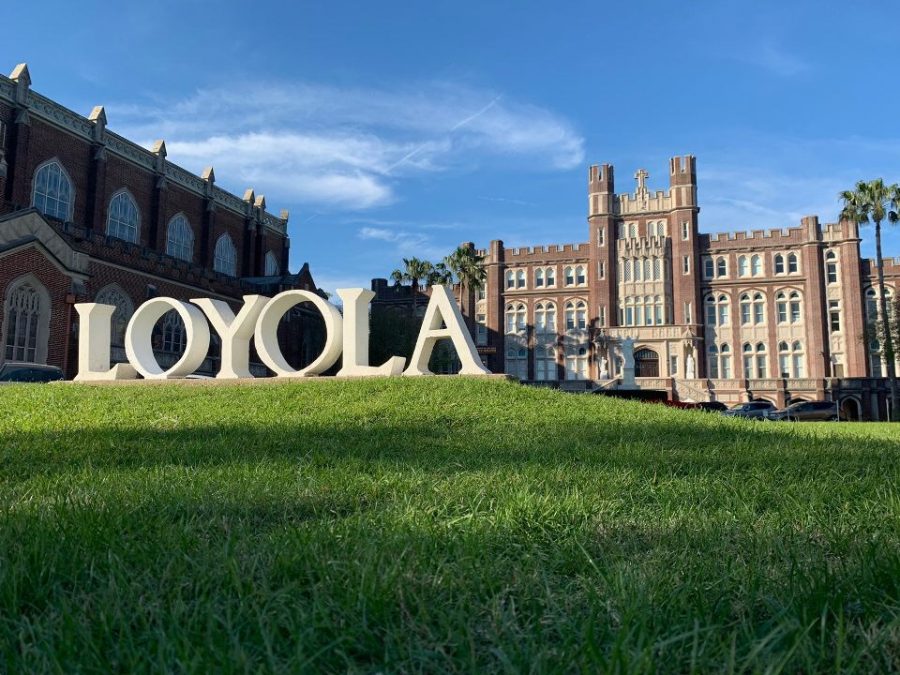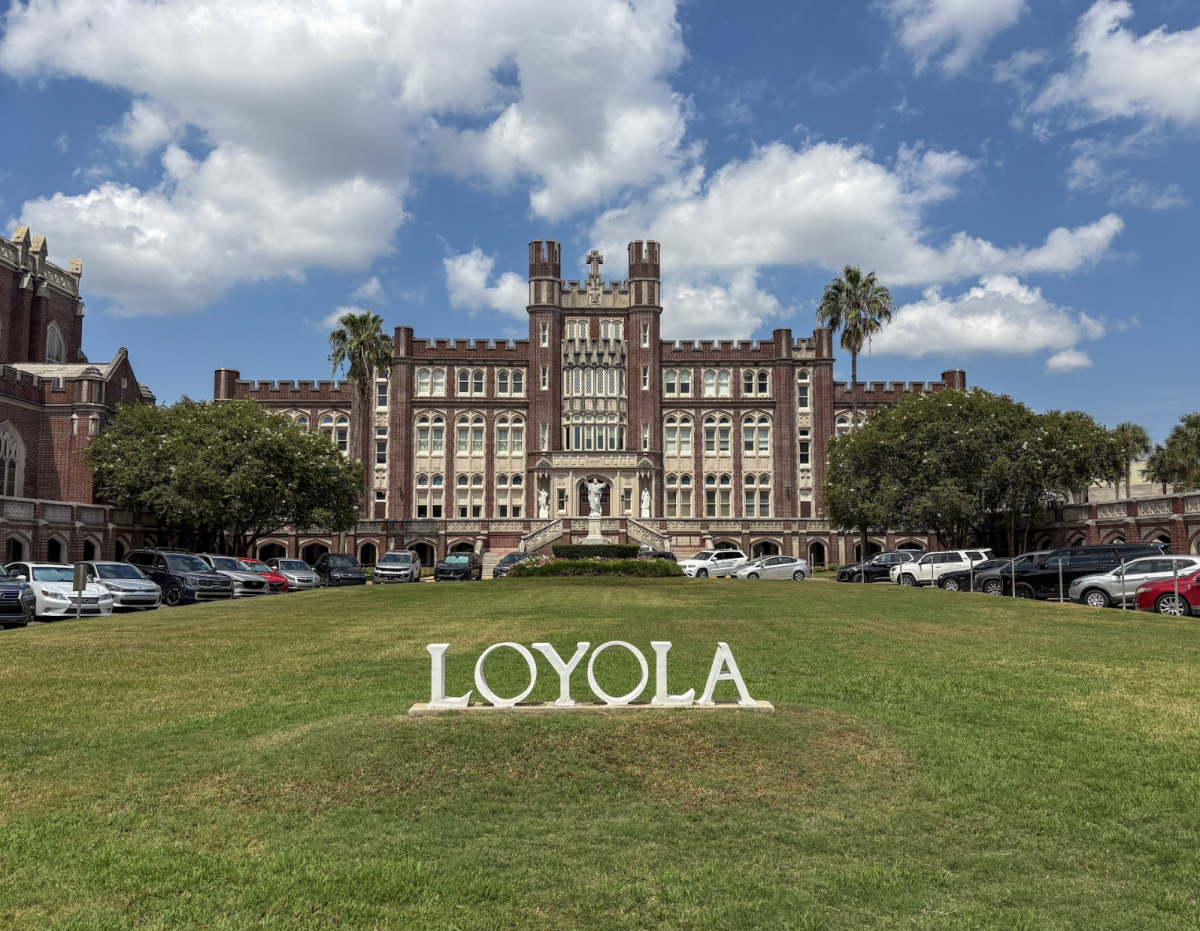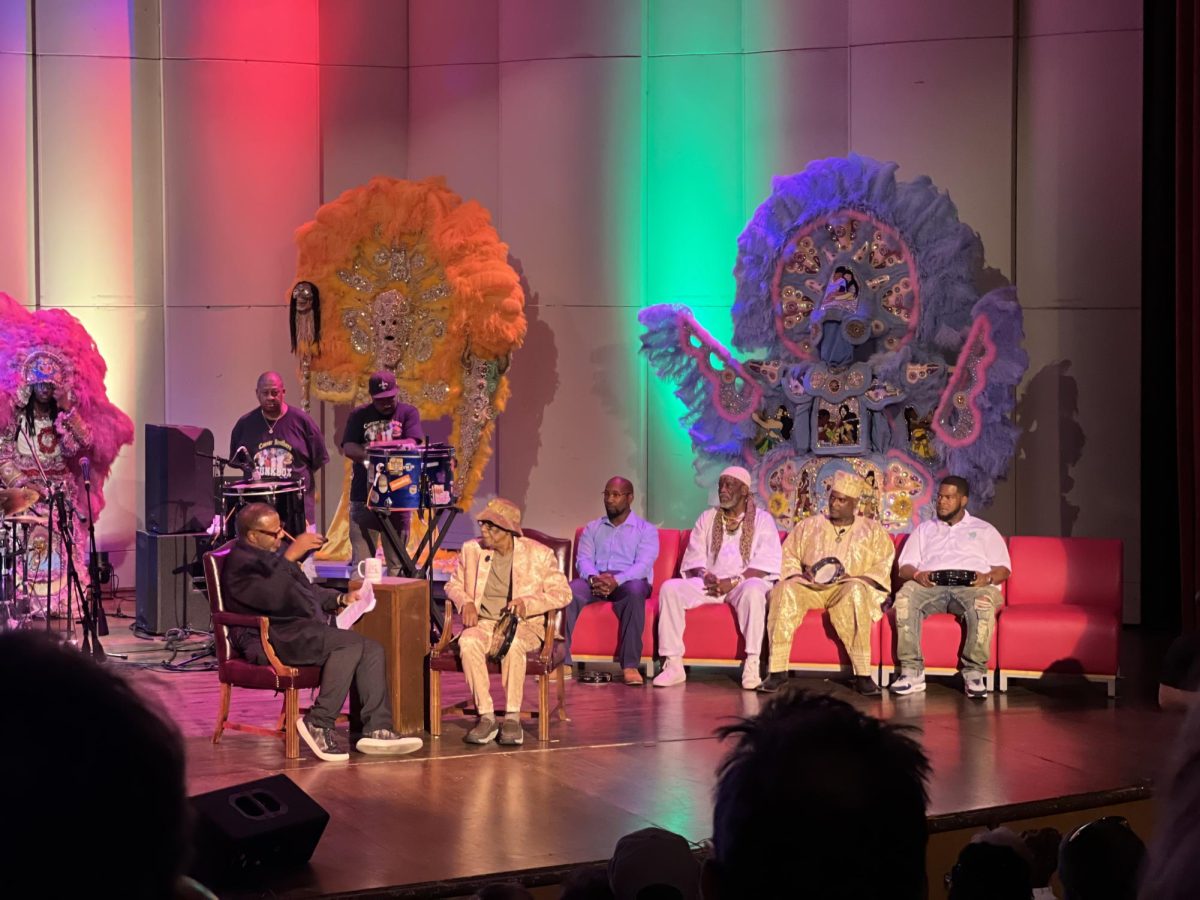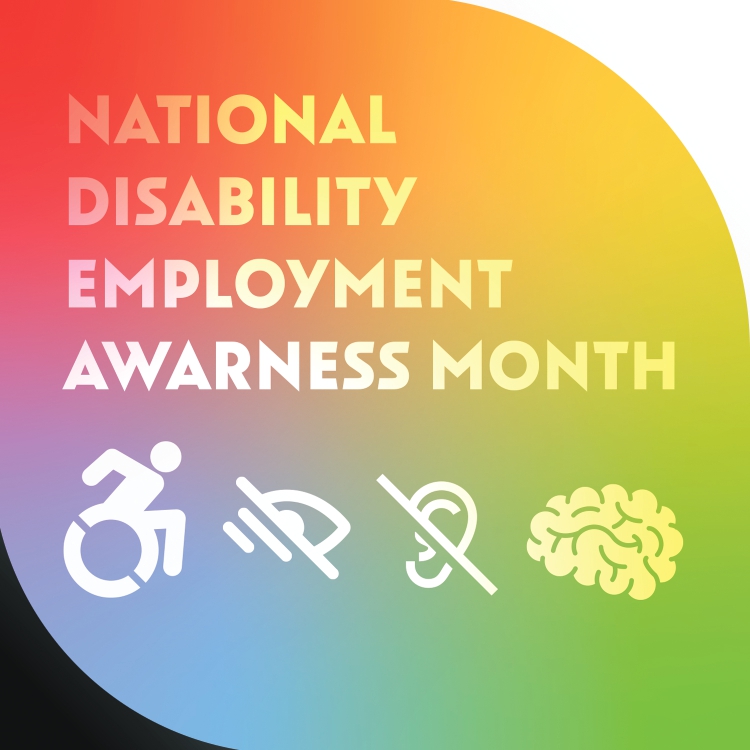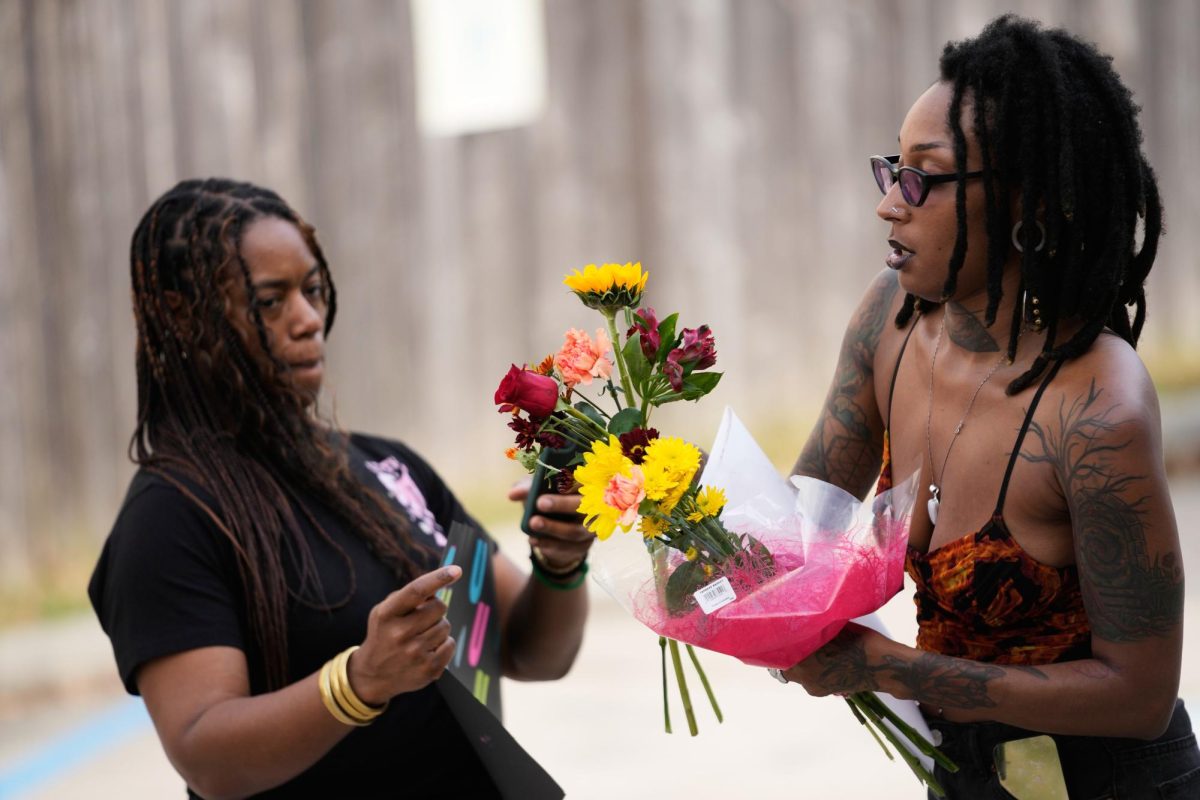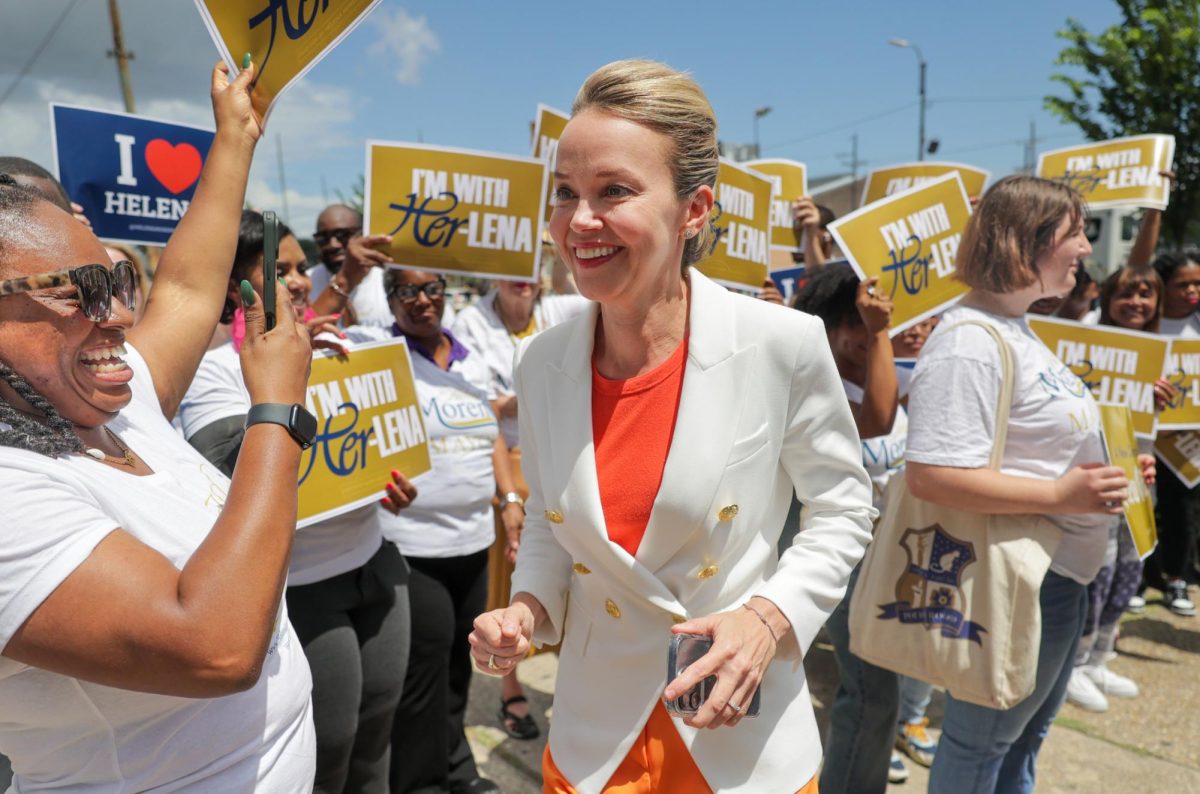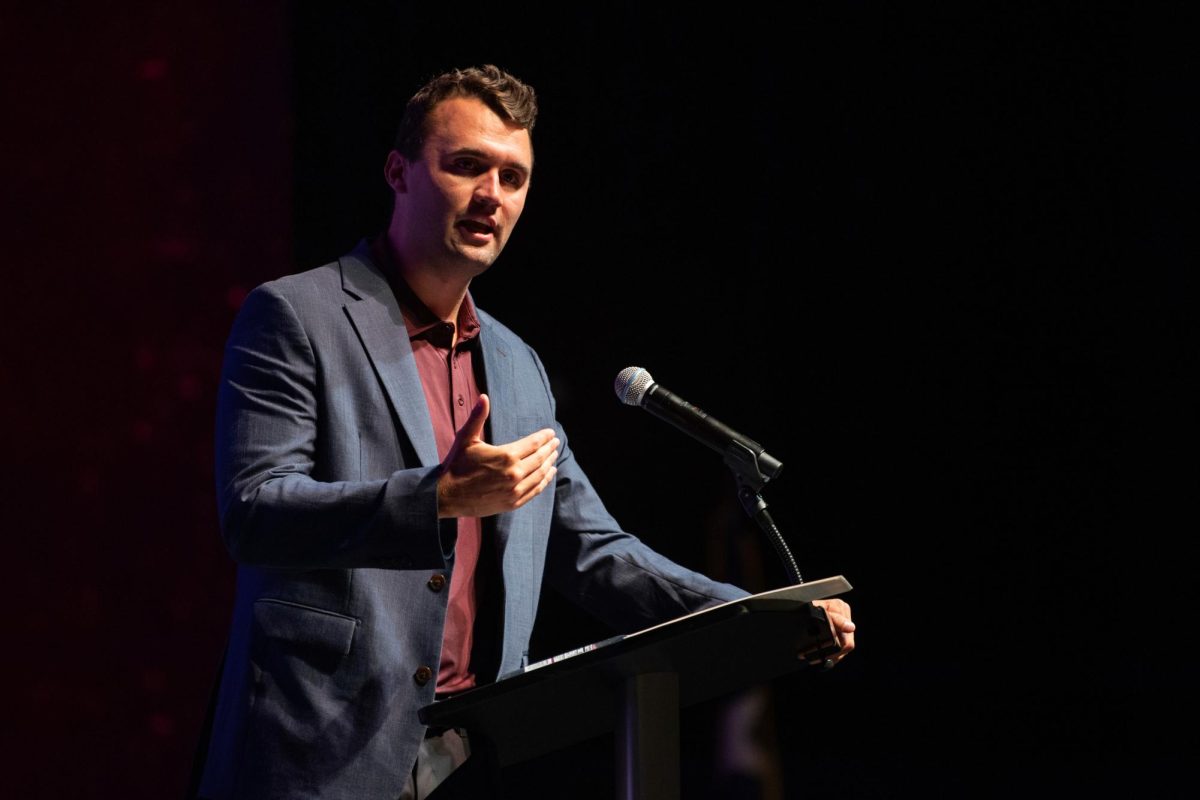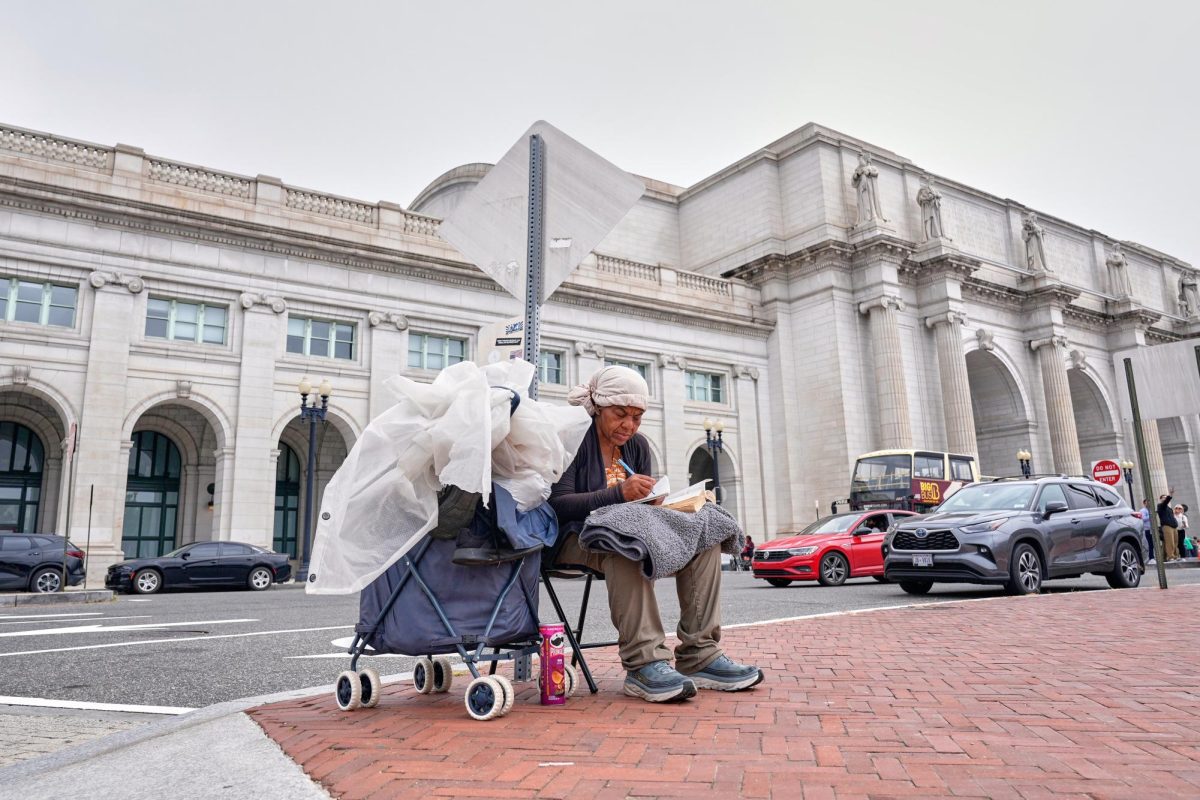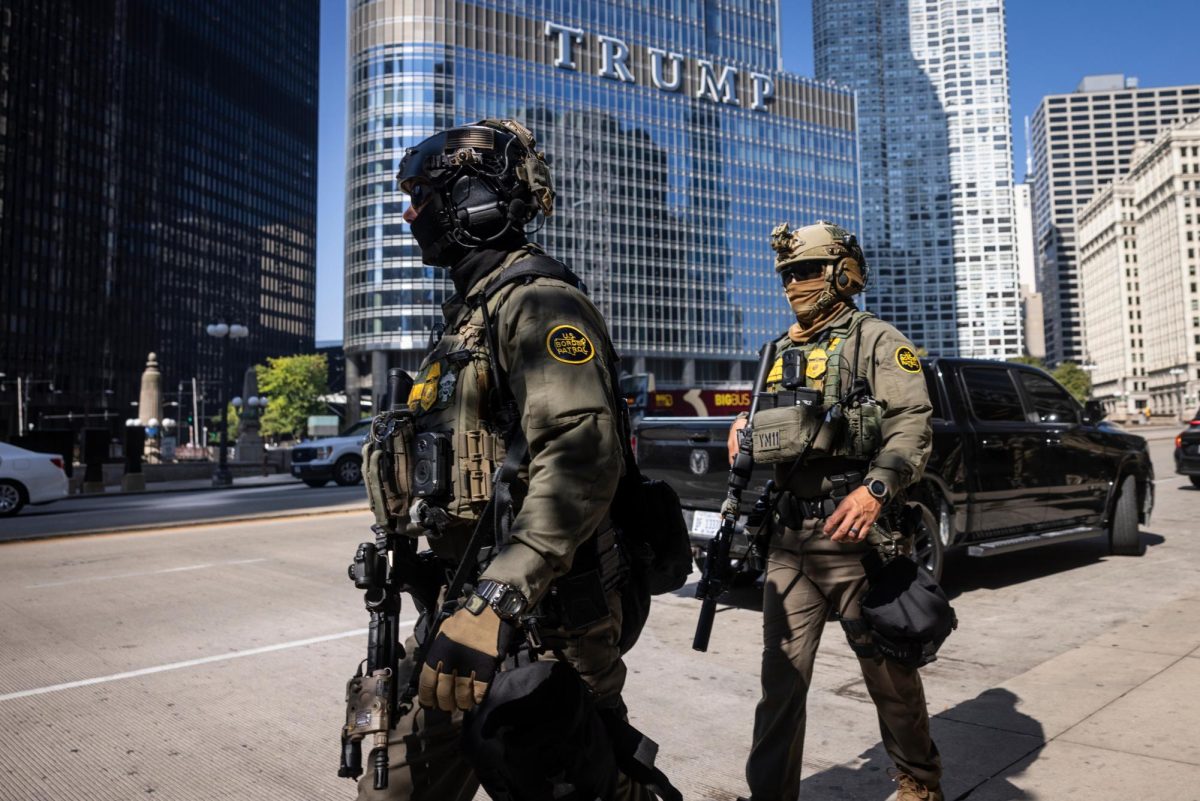More than 50% of college student sexual assault cases occur in August, September, October, or November. The most common targets of these crimes are freshman girls, according to the Rape, Abuse & Incest National Network. This is a phenomenon known as the “Red Zone.”
RAINN is the nation’s largest anti-sexual violence organization. The organization has reported statistics that have left some Loyola students feeling “unprotected.”
“Obviously we have good resources,” said nursing freshman Samantha Bradbury, “but it’s just so hard to already have to go through all of that as a woman.”
After experiencing assault, she said, many people do not want to go through the legal trauma or potential backlash that comes with reporting their cases.
“It’s hard to feel protected when we have to deal with that,” Bradbury said.
Risk factors for freshman females include being new to the area, having less parental supervision, and participating in alcohol and drug use as they try to meet new people, RAINN states. But this is never the victim’s fault, the organization emphasizes.
The “Red Zone” is a term coined by Dr. David Lisak, a clinical psychologist who researched rape prevention programs on college campuses. It refers to the time between the beginning of the semester and Thanksgiving break when reported sexual assault cases spike for college students.
Loyola freshmen are informed of consent every year at orientation. They are reminded that consent is a mutual and enthusiastic agreement, can be revoked, and cannot be given under the influence. However, college campuses experience sexual assault cases more than other crimes, according to RAINN. it reports that in all women, there are around five robberies for every four sexual assaults. But for college women, there are two sexual assault cases for every single robbery.
According to RAINN, many college students who are sexually assaulted are victimized by someone they know.
Maya Jammulapati is an advocacy coordinator for the Sexual Trauma Awareness & Response organization. Jammulapatisaid this phenomenon could be due to an existing trust between someone and a friendly acquaintance, so some boundaries may be blurred.
“Sexual assault can happen to anyone by anyone,” Jammulapati said, and including people a survivor may already know by proxy. “It’s not on the survivor to be expecting to have their guard up all the time,” she said, “but it’s unfortunate that it does happen so often and that that trust is broken so often.”
“STAR is an organization that works to “create a world free of oppression,” Jammulapati said.
The awareness and response organization offers free counseling, accompaniment in law enforcement interviews, advocacy services, and regular check-ins and assessments with survivors. According to their hotline call log across all three of their offices in New Orleans, Alexandria, and Baton Rouge, their call numbers drop in the summer and pick back up in August and September. These three cities are home to multiple universities.
“Across the board, these months are some of the highest hotline calls,” Jammulapati said. While these numbers are not specific to just students, she said they “reflect a trend that the Red Zone indicates.”
To feel more protected, many Loyola students take steps to ensure the safety of themselves and their friends when going out.
“If I go out with my friends, we’re always in groups,” said nursing freshman Ilenia Capassa. She said that making sure everyone is accounted for and knows their alcohol limit is the most important thing to keep in mind while going out. “You have to hold each other accountable,” she said.
Psychology senior Mia-Hope Bertot said she always feels the safest when she is accompanied by one of her guy friends.
“I never go out without at least one of them,” Bertot said. “If they have to step in and pretend to be one of our partners in an uncomfortable situation, I feel safer.”
Sexual violence and other sex related crimes do not stop at young women. According to RAINN, 23.1% of transgender, genderqueer, and gender-nonconforming college students have been sexually assaulted. One study by organization End Rape on Campus suggests that 73% of LGBTQ college students experience sexual harassment or abuse and more than 6% of LGBTQ college students change their school or major as a result. The organization also reported that most LGBT students of color reported feeling unsafe at school, with the majority of Native American students at 74%.
“Prevention and response can’t fall on one person,” Jammulapati said. “It cannot fall on vulnerable populations. It takes everyone, truly.”



